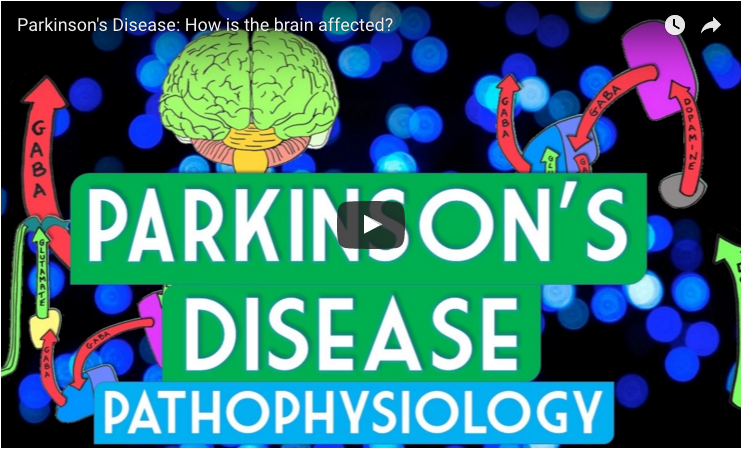How Does Parkinson’s Disease Affect the Brain?

Parkinson’s disease is a progressive neurological disease where, over time, dopamine in the brain is lost, leading to problems with controlling movement. In this simple animated video from Soton Brain Hub, learn more about the pathophysiology of Parkinson’s disease and how it affects the brain.
Connect with other patients and share tips on how to manage Parkinson’s Disease in our forums!
MORE: Parkinson’s disease symptoms: What is “freezing”?
The film explains the different parts of the brain involved in the development of the disease including the direct and indirect pathways and how this affect patients and leads to decreased motor output and some of the classic symptoms of Parkinson’s disease such as slowed movement, tremors, and rigidity. The simple diagrams illustrate excitatory and inhibitory pathways in the brain which control movement in patients with the condition.
MORE: Eleven facts about Parkinson’s disease you may not know.
Parkinson’s News Today is strictly a news and information website about the disease. It does not provide medical advice, diagnosis or treatment. This content is not intended to be a substitute for professional medical advice, diagnosis, or treatment. Always seek the advice of your physician or another qualified health provider with any questions you may have regarding a medical condition. Never disregard professional medical advice or delay in seeking it because of something you have read on this website.






